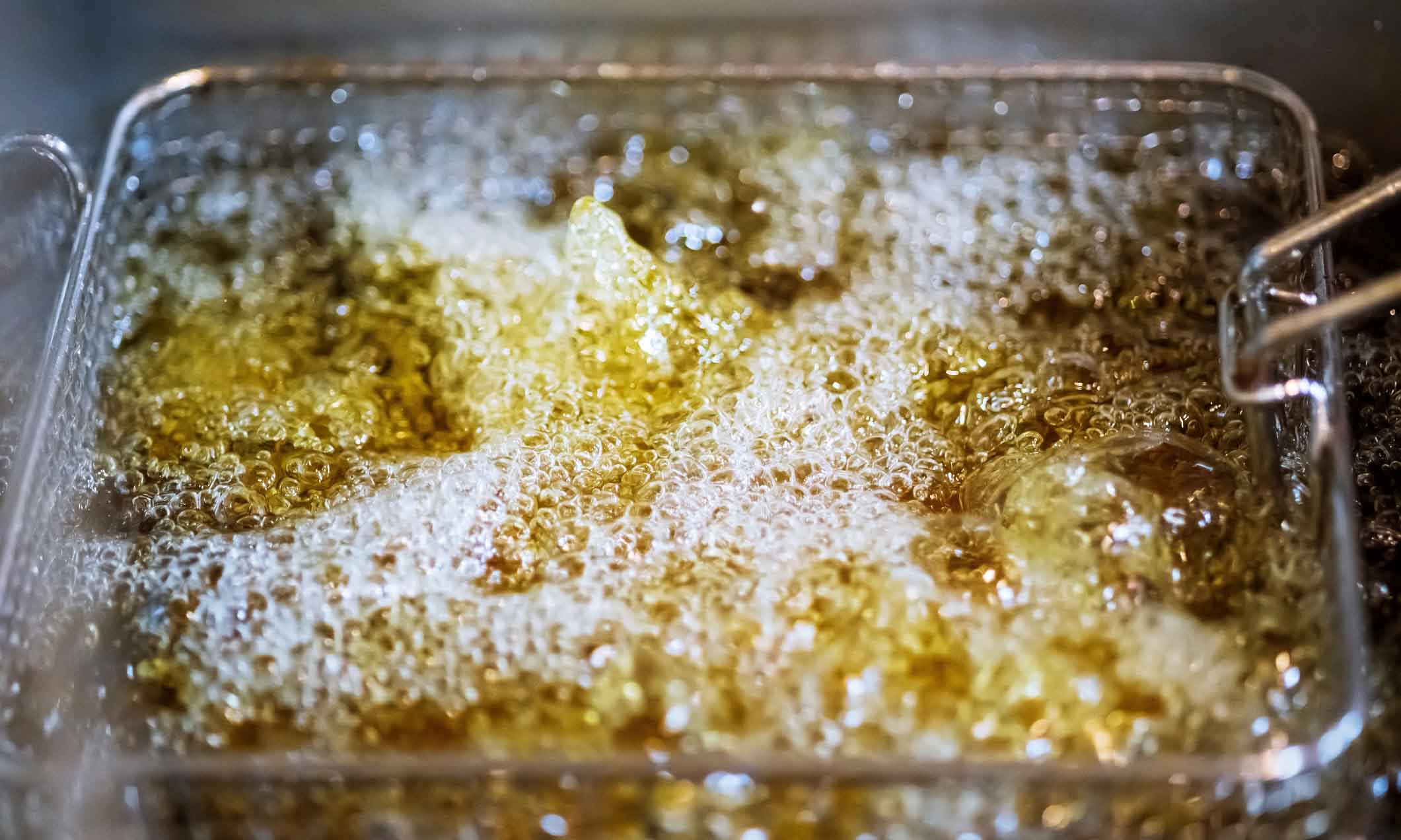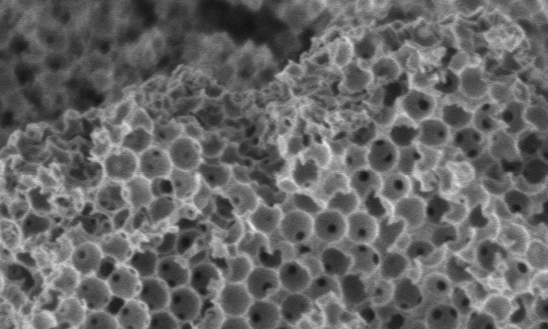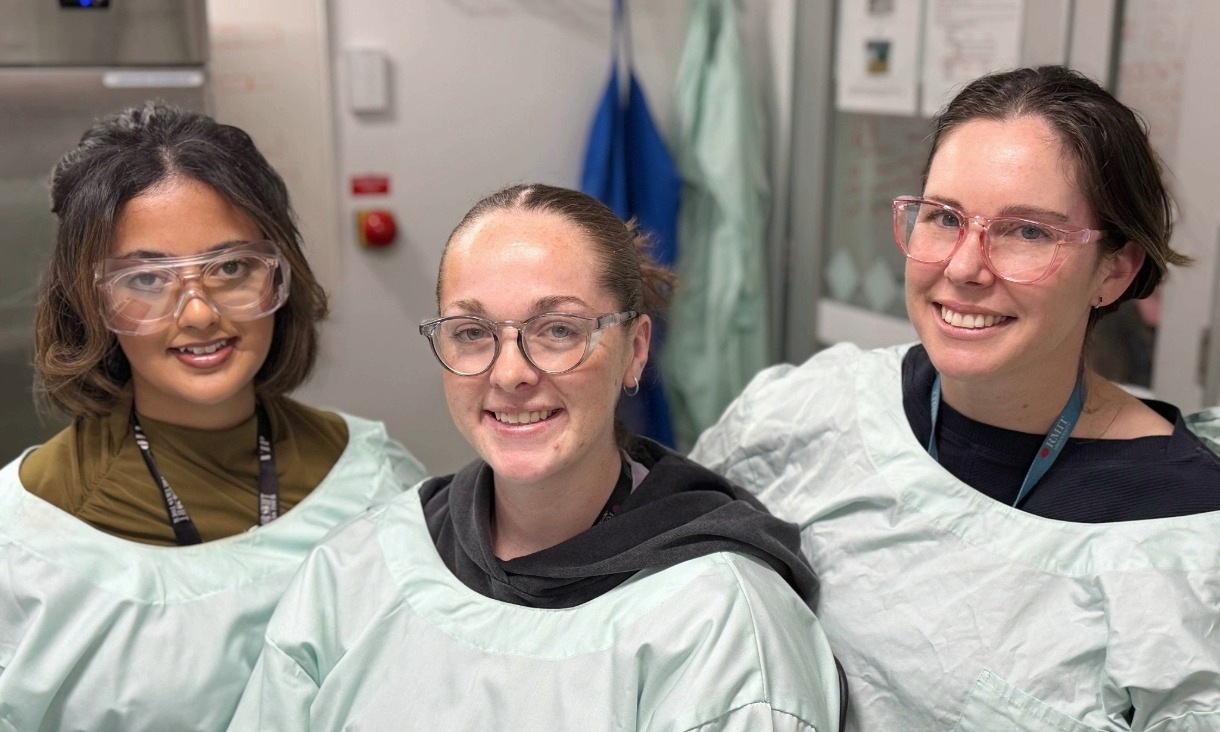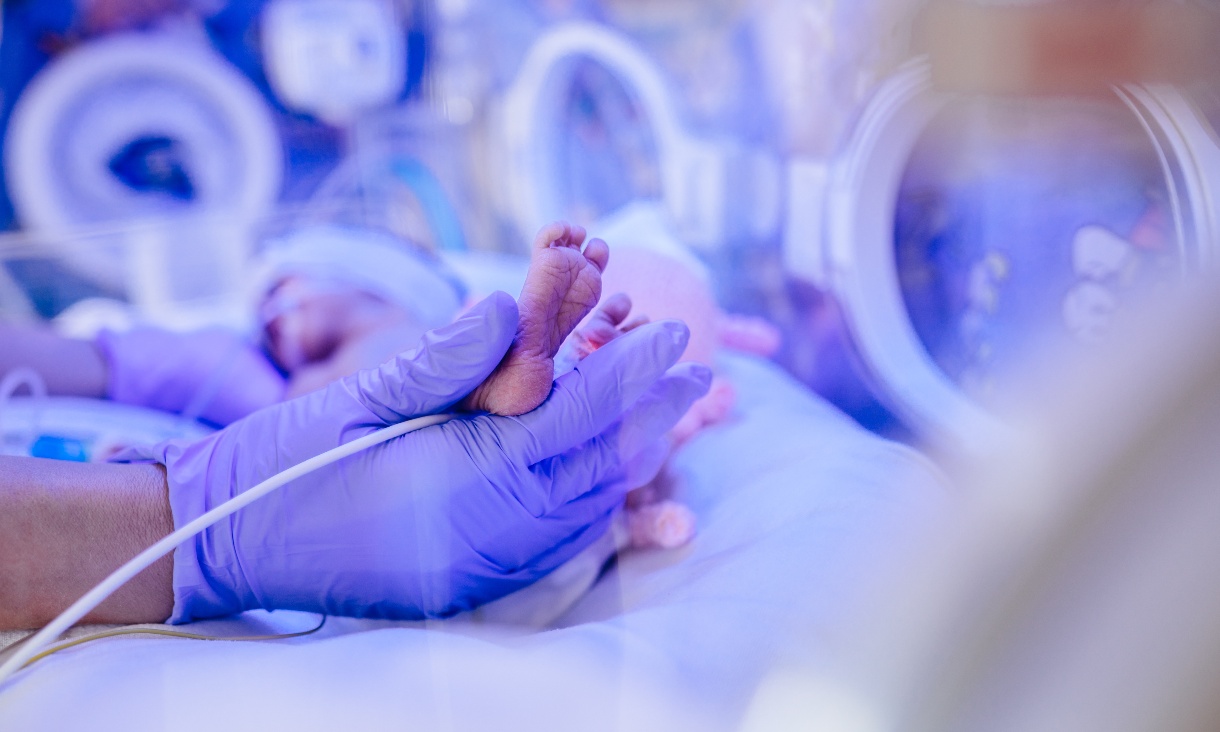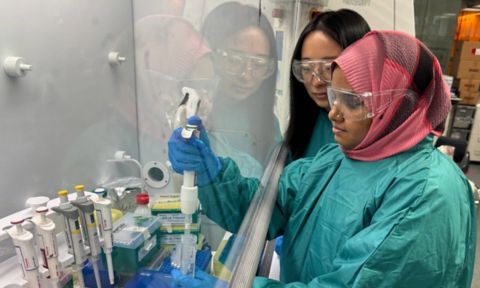DIY diesel: supporting distributed biofuel production
The sponge-like catalysts are cheap to manufacture, using no precious metals.
Making low-carbon biodiesel from agricultural waste with these catalysts requires little more than a large container, some gentle heating and stirring.
It’s a low-technology, low-cost approach that could advance distributed biofuel production and reduce reliance on fossil fuel-derived diesel.
“This is particularly important in developing countries where diesel is the primary fuel for powering household electricity generators,” Wilson said.
“If we could empower farmers to produce biodiesel directly from agricultural waste like rice bran, cashew nut and castor seed shells, on their own land, this would help address the critical issues of energy poverty and carbon emissions.”
While the new catalysts can be used immediately for biodiesel production, with further development they could be easily tailored to produce jet fuel from agricultural and forestry waste, old rubber tyres, and even algae.
The next steps for the RMIT School of Science research team are scaling up the catalyst fabrication from grams to kilograms and adopting 3D printing technologies to accelerate commercialisation.
“We’re also hoping to expand the range of chemical reactions to include light and electrical activation for cutting-edge technologies like artificial photosynthesis and fuel cells,” Lee said.
“And we’re looking to work with potential business partners to create a range of commercially available catalysts for different applications.”
The research was supported through funding from the Australian Research Council (Discovery, Linkage, Industrial Transformation Training Centres).
‘A spatially orthogonal hierarchically porous acid-base catalyst for cascade and antagonistic reactions’, with collaborators from University College London, University of Manchester, University of Western Australia, University of Plymouth, Aston University, Durham University and University of Leeds, is published in Nature Catalysis (DOI: 10.1038/s41929-020-00526-5).
Story: Gosia Kaszubska
